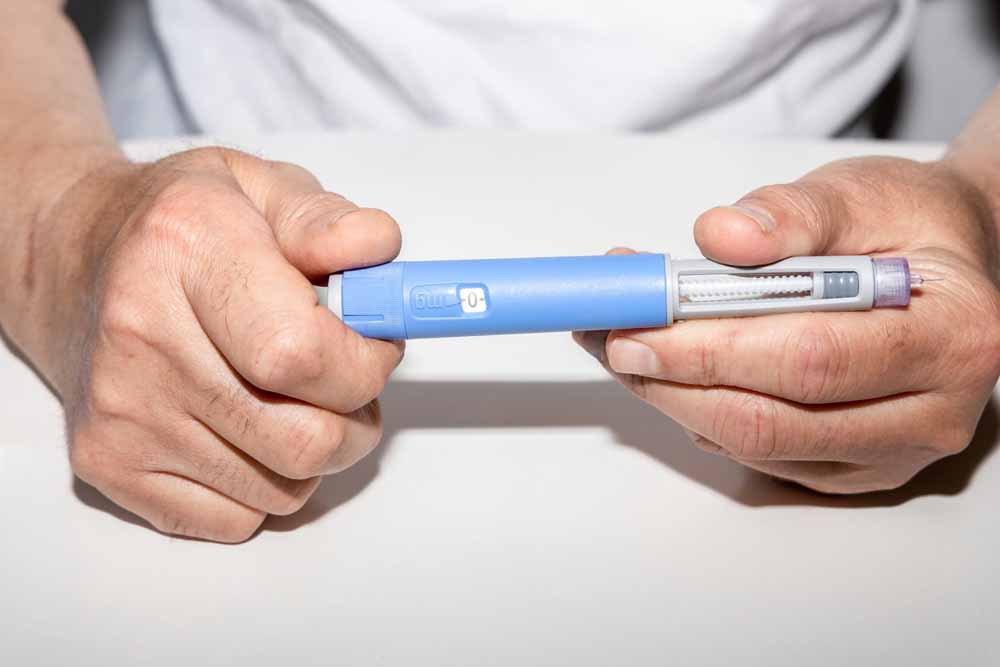Car Accidents are the Number One Cause of Death in Teen Drivers
Motor vehicle accidents are the number one cause of death for U.S. teen drivers, even though they drive less than all motorists but the extremely elderly. According to the Insurance Institute of Highway Safety, those teen drivers at highest risk are 16-to-17-year olds, who have a fatal crash rate nearly twice as high as 18-to-19-year old drivers.
According to attorney Doug Zanes, many people assume that teen drivers get into more accidents than older drivers because they lack experience. But recent studies show that part of the trouble may lie in their brain development.
An Immature Frontal Lobe
The frontal lobe of the brain plays a particularly important role in driving. This part of the brain is responsible for a person’s motor skills, emotional maturity, and avoidance of risky behaviors. Yet according to a study by the National Institute of Health, the frontal lobe is among the last areas of the brain to fully mature. In fact, some studies indicate that the brain isn’t fully developed until we reach our mid-20s or 30s.
This discovery has a number of implications for teen drivers. Immature frontal lobe development may explain why teens are more likely to engage in risky behaviors such as speeding, ignoring traffic rules, or otherwise driving aggressively. It also suggests why they may be more likely to lose control of their vehicles.
Sensitivity to Social Pressure
The immaturity of the teen brain may also help explain the results of a study, which highlighted the role of peer pressure in how teens drive. In this case, researchers introduced male teen subjects to a covert peer actor who described either “risk-accepting” or “risk-adverse” driving behavior shortly before engaging in a driving simulation. Teens exposed to the risk-taking peer were more likely to drive irresponsibly than those exposed to the risk-adverse peer. Moreover, the teens exposed to positive driving behaviors were more likely to engage in responsible behaviors.
But the study had another element: a week before the driving simulation, the researchers performed brain scans of the teen participants as they played a ball-tossing video game scientists use to examine effects of feelings of isolation on the brain. In the game, the participants’ computerized partner slowly begins to stop throwing the ball to the participants, leaving them out of the game.
The brain scans indicated which participants felt “social pain” as the computer increasingly excluded them from the game. With these results, the researchers were able to accurately predict that the boys who were more sensitive to exclusion were more likely to engage in risky driving behavior during the simulation.
Such information about the teen brain may be able to help both policy-makers and parents make younger drivers more conscious of their actions in these situations and steer them toward making more responsible driving decisions. The goal is to change this dynamic so that car accidents are no longer the number one cause of death among teen drivers.
If you or loved one is involved in a car accident, contact Zanes Law at (866) 499-8989 for a free consultation. We can give you insight about how to handle insurance companies, obtain fair compensation and feel more in control.
Also, if you need help with any immigration-related issue, don’t hesitate to visit our site immigrationinformation.org.




